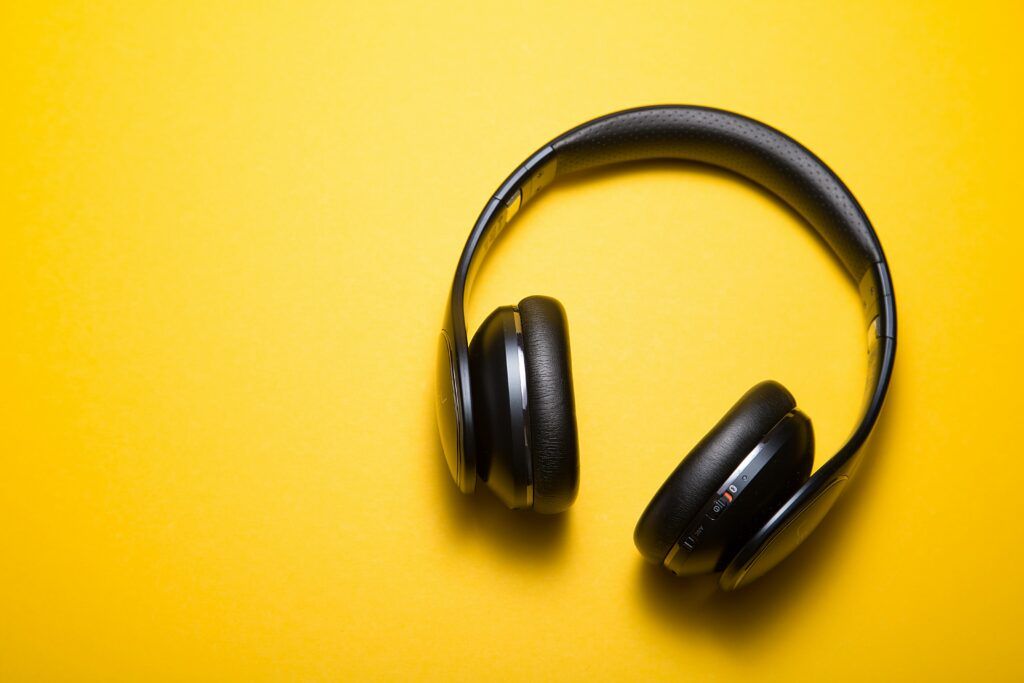If you’re looking to get comfortable with Spanish and you’re somewhere between beginner and intermediate, podcasts can be a very useful addition to your routine. The best part is, you can enjoy them during a commute, a workout, or even while cleaning up around the house. I’m excited to share the podcasts that have truly helped my students to Spanish in a more approachable way.

Why Podcasts Make Spanish Learning Easier
Podcasts hit that sweet spot for listening practice—real Spanish, spoken slowly and naturally. You get to hear different accents and vocabulary, helping you get used to varied speech patterns. Since you can rewind and replay whenever you want, they’re super flexible for all schedules and learning levels.
Unlike textbook learning, podcasts are usually packed with natural conversations and cultural references. This keeps things interesting and builds listening confidence over time. If you’re already following Dreaming Spanish on YouTube, you probably know how effective comprehensible input is for growing your vocab and making sense of fast-talking natives.
Stumbling upon podcasts with engaging topics can also keep your interest high. Over time, these bite-sized listening sessions really add up and make a difference in your comfort around the language.
Top Podcasts for Beginner and Intermediate Spanish Learners
The podcats listed here have stood out for how userfriendly and effective they are when you’re just getting confident with basic grammar and phrases. Here are my top recommendations, plus some reasons they’re worth checking out:
- Dreaming Spanish Podcast: The team behind Dreaming Spanish keeps speech super clear and slow. They chat about everything from daily routines to funny news stories. There are video versions on their site, which is extra helpful if you’re a visual learner.
- Let’s Talk Spanish | Spanish Listening Practice with Travel & Culture: Perfect if you want Spanish exposure along with an introduction to Hispanic culture. The host speaks slowly on topics like food, traditions, and travel adventures.
- News in Slow Spanish (Beginner-Intermediate): For those who like staying up-to-date, this option is great. Episodes are available in Spain and Latin American Spanish, so you can focus on the accent you prefer. The hosts explain topics with beginner-friendly vocabulary and an easy pace.
- Simple Stories in Spanish: These short tales—about history, legends, and everyday moments—are told in slow, simple Spanish. The narrator keeps things low-stress, and you can often find free transcripts to read while listening or check your comprehension.
- Spanish Obsessed: A Colombian-English couple chats about basic grammar, phrases, and pronunciation in a relaxed, conversational way. They offer levels for everyone, so it’s easy to move up when you’re ready.
- Coffee Break Spanish: These snappy episodes are perfect for short, steady practice sessions. Early episodes blend Spanish with English so you never feel lost, and the challenge increases as you progress.
- Notes in Spanish: If you want more authentic conversations, Ben (from England) and Marina (from Spain) tackle topics like food and cultural events. Their episodes are sorted by level, allowing beginners to start slow and work their way up to faster dialogue.
- Intermediate Spanish Podcast (Español Intermedio): This podcast is tailor made for learners advancing to intermediate. The host explains a range of topics in clear, natural Spanish, and provides transcripts and vocabulary lists for extra practice.
Getting the Most Out of Your Spanish Podcast Routine
Getting into a podcast is easy, but making progress takes a few simple strategies. Here’s what I’ve found really helps smooth out the learning curve:
- Pick Content for Your Level: Start with beginner podcasts, adding intermediate shows as you build confidence. No need to understand every word right away—just keep going.
- Use Transcripts: Many podcasts provide transcripts, making it easier to read along and doublecheck new words. You can print these out or pull them up on your phone for a quick review after listening.
- Repeat and Shadow: Going back to tricky sections and repeating what you hear (a method called “shadowing”) helps lock in pronunciation and rhythm. This works especially well with podcasts that offer short episodes or stories.
- Focus on Everyday Vocabulary: Look for podcasts covering daily life. Picking up common words and phrases makes it simpler to chat with friends or travelers in Spanish.
Podcast Listening Tips for Spanish Learners
- Set Realistic Goals: Spend 10-15 minutes per day and don’t sweat missing a few words. The main thing is steady exposure, not being perfect.
- Mix Passive and Active Listening: You can let podcasts play in the background, while other times you can take notes or repeat out loud. Both methods can give a boost to different skills.
- Try Different Hosts and Accents: Spanish has tons of accents. Mixing in variety helps train your ear—especially important if you might travel or talk with different native speakers.
- Pause and Replay: Don’t be afraid to backtrack. Most podcast apps let you slow down playback, making things a lot easier at first.
Common Challenges When Learning Spanish with Podcasts
Even with the right show, you’ll likely run into a few snags. Here’s what to expect and how to stay on track:
- Listening Fatigue: Too many new words can leave you wiped out. If your brain gets tired, take a break or try an easier episode. Short, regular sessions usually beat marathon study days.
- Tricky Accents and Speed: Not all hosts speak at the same pace. Look for podcasts that keep things clear and measured when you’re building up confidence. Skip super speedy news shows for now—it’s totally fine.
- Understanding Slang and Idioms: Every country has funky phrases and slang. When you spot these, jot them down or look them up. Over time, they’ll make conversations sound more natural and less formal.
Dealing with Vocabulary Overload
It can be overwhelming to catch every new word. Instead, focus on picking up the most common or interesting words first and let the rest filter in over time. Many language apps, like Anki, let you create flashcards from new words you hear—this helps reinforce those tough words in future sessions.

Podcasts With Visual Support
If you’re a visual learner like me, pure audio may sometimes feel lacking. Luckily, some podcasters post videos or use YouTube, showing facial expressions and gestures along with the audio, making the message easier to grasp. Adding a visual element can boost your understanding and retention.
How Podcasts Fit Into a Balanced Study Routine
Podcasts really shine as just one piece of your language learning toolkit. Match them with grammar study, speaking practice with a partner, or watching simple Spanish-language series to move your skills forward. Personally, I pair my listening with writing short episode summaries, which has helped me remember vocabulary and structure.
- Comprehension Before Grammar: Let casual listening build your understanding and intuition. Tackle detailed grammar rules later, once you’re recognizing patterns in what you hear.
- Connect with Others: Sharing favorite episodes or new expressions with fellow learners can keep your motivation high. Many podcasts also have online groups or social media communities you can jump into for support or extra practice.
Frequently Asked Questions About Learning Spanish With Podcasts
Question: Are transcripts necessary for learning with podcasts?
Answer: They aren’t required, but they really help with spelling, clarification, and vocabulary. If you’re brand new, choosing a podcast that offers transcripts can make things much easier.
Question: How do I pick the best Spanish podcast for my accent preference?
Answer: Try podcasts that tell you which region they focus on (Spain or Latin America). Sampling a few episodes from different countries will help you get a sense of which accent works best for you.
Question: How can podcasts help with speaking, not just listening?
Answer: Shadowing—repeating phrases right after the speaker—cements pronunciation, phrasing, and natural delivery. Go over tricky lines multiple times, even if you feel a little silly.
Final Thoughts
Podcasts are one of the most useful, low-pressure tools for picking up authentic Spanish while enjoying stories, news, or friendly chat. Choosing podcasts made for learners, especially those that focus on slow and clear Spanish, can really give your progress a boost. Start with one show at your level, make listening a habit, and you’ll notice your listening—and even speaking—get better much quicker.
Set your own pace and keep stumbling upon new podcasts or stories that keep you curious. Spanish podcasts are a shortcut to natural, everyday language and build your confidence, no classroom required!


